The Ancient Egyptians from the Middle Kingdom (1938 - 1630 BCE) placed stylized masks with generalized features on the faces of the dead. Masks were commonly made from stucco, plaster or cloth which was then painted on top. Important people such as Pharaohs would have their masks made of silver or gold. The masks of lesser personages were made of wood or clay.
Ancient Egyptian masks served as a guide to the spirit of the deceased, back to its final resting place in the body. The spirit would be able to recognise its body and return to it safely. Masks also protect the deceased as they were believed to frighten away any spiteful spirits. Death masks were made both for ancient Egyptian women and men. In burial tombs, these masks also represented the deceased. Explore this collection of wonderful Egyptian Masks in the Bridgeman Collection!
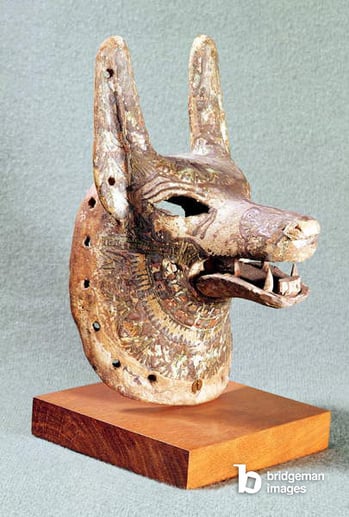
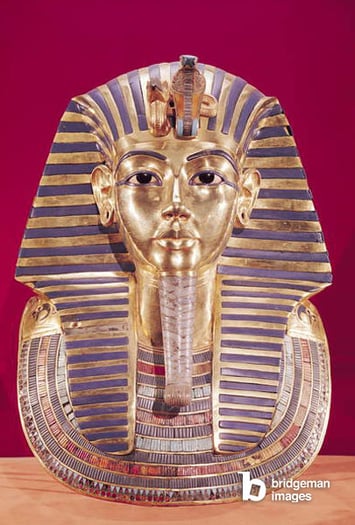
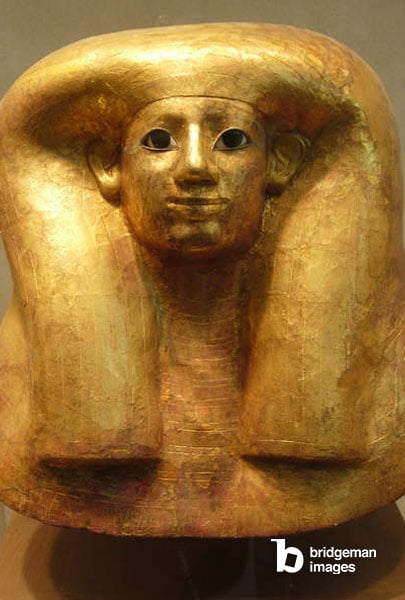
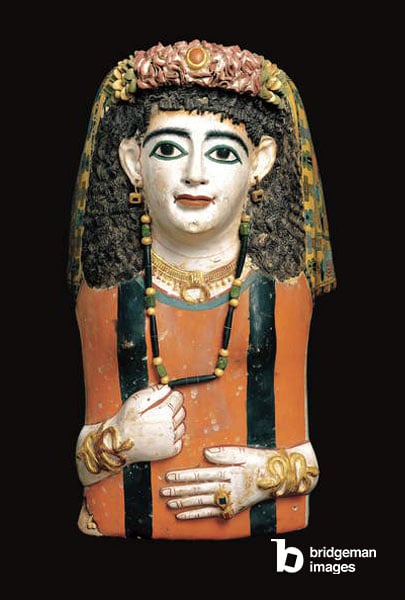
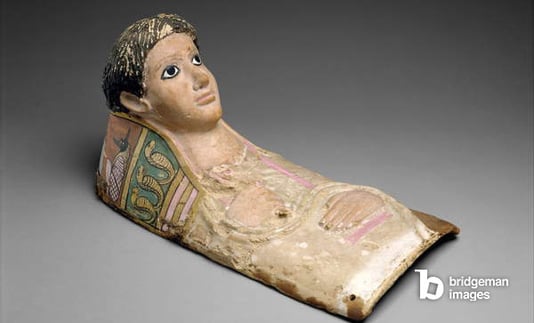
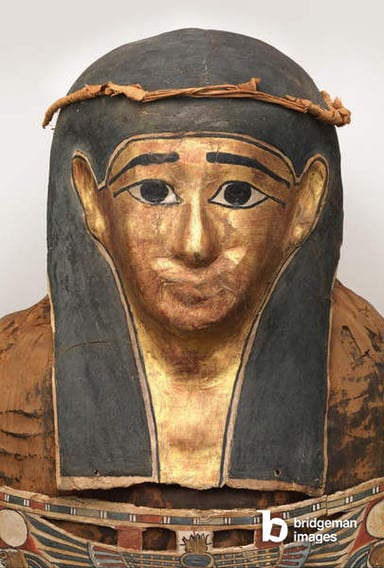
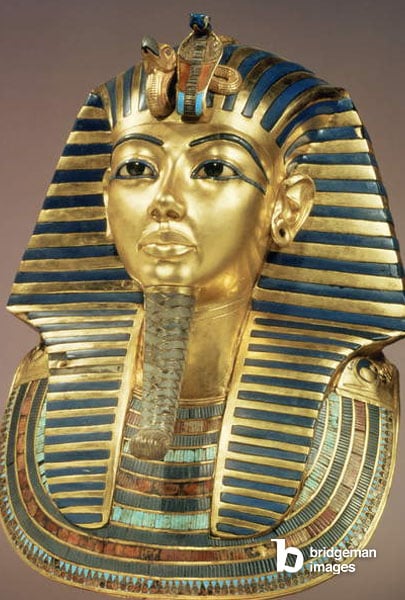
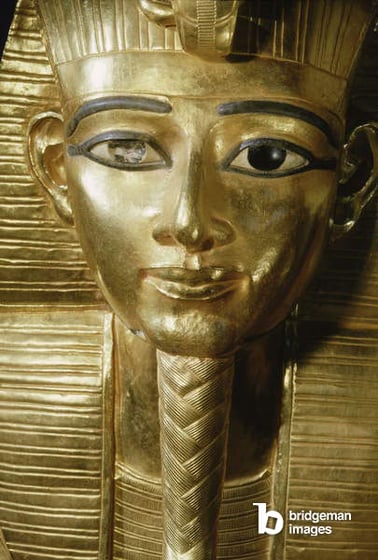
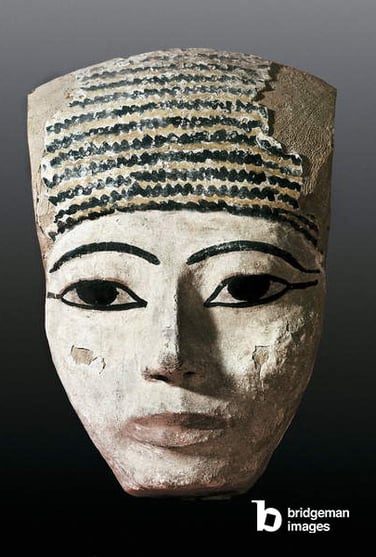
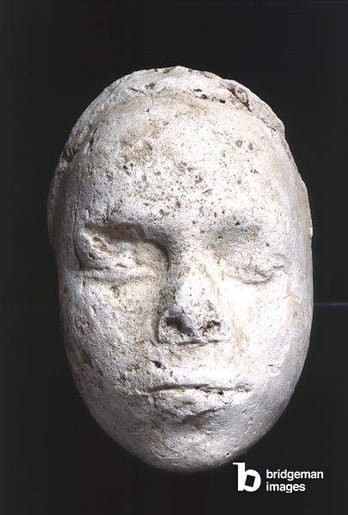
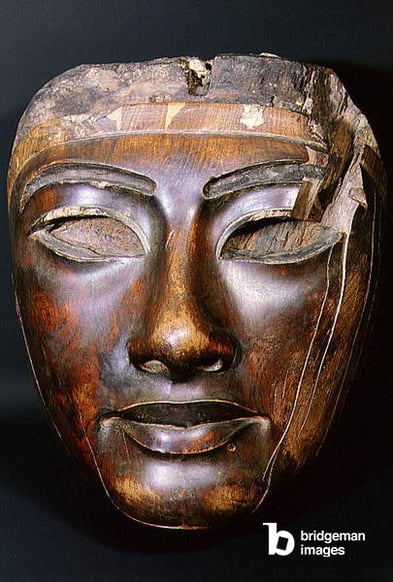

Discover other images of Ancient Egypt and its art in the Bridgeman Collection or read more about Howard Carter, the archaeologist who found the entrance to Pharaoh Tutankhamun’s tomb with his men.
Sources:
https://www.britannica.com/art/mask-face-covering/Funerary-and-commemorative-uses